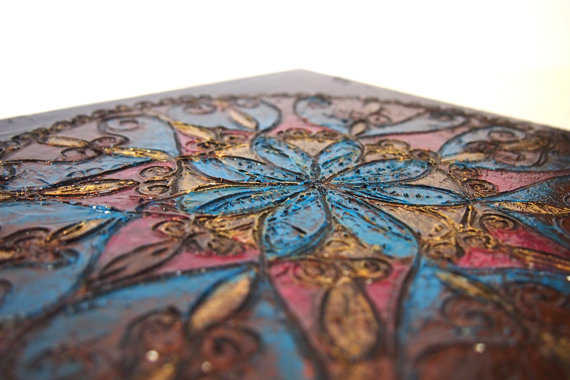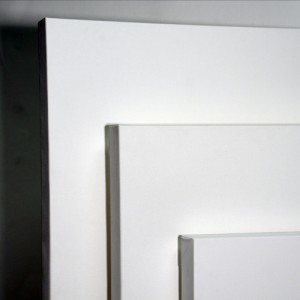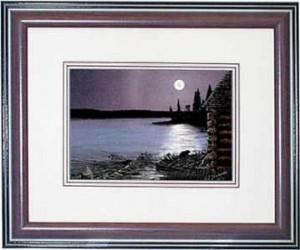How to Pack and Ship Canvas Art
Packing and shipping framed canvas art requires careful attention to ensure the artwork arrives at its destination safely and in pristine condition. Here’s a step-by-step guide to pack and ship framed canvas art:
1. Gather materials. Before you begin, gather all the necessary materials. You’ll need a sturdy cardboard box slightly larger than the artwork, acid-free paper, bubble wrap, air cushions, packing paper, packing tape, cardboard corner protectors, and a marker for labeling.
2. Wrap the artwork. This step has many layers. Take your time during this step.
- Make sure that the frame is secure and there are no loose piece (hanging hardware, wires, etc.) that could damage the art during shipping.
- Use acid-free paper to wrap the artwork. This will protect the piece from marks and indentations that could damage it.
- Tightly wrap the artwork in cling film. Start from the back of the frame and wrap the cling film around the artwork several times.
- Wrap the framed canvas art in several layers of bubble wrap. Take note that the bubbles should be facing away from the surface of the painting. Ensure that the entire surface of the artwork is covered, paying extra attention to the corners and edges, which are vulnerable to damage during transit. Secure the bubble wrap in place with packing tape.
Tip: When packing a very large framed artwork, it’s better to remove the glazing since there’s a greater risk of the glass breaking during transit. Put a clean sheet of cardboard on the painting to protect it.
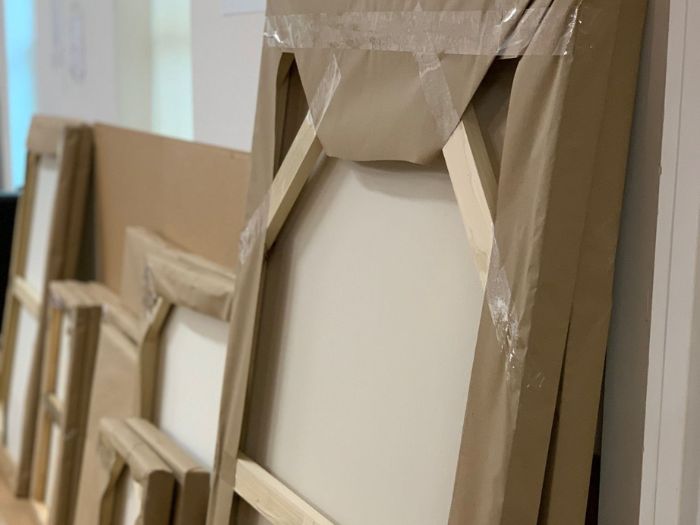
3. Protect the corners. Place cardboard corner protectors over the corners of the framed canvas to provide additional reinforcement and protection against impacts.
4. Prepare the box. Line the bottom of the cardboard box with a layer of packing paper or bubble wrap to cushion the artwork. If shipping multiple pieces, separate them with additional layers of packing material to prevent them from rubbing against each other.
5. Position the artwork in the box. Carefully place the wrapped and protected framed canvas art in the center of the box, ensuring that it is positioned upright and does not touch the sides of the box. Fill any empty spaces with additional packing material, such as bubble wrap or packing peanuts, to prevent shifting during transit.
Tip: Make sure that you’ve filled the box with air cushions and/or insulation foam so the artwork doesn’t move at the center of the box.
6. Seal the box. Once the artwork is securely positioned in the box, seal the box with packing tape. Reinforce the seams and edges of the box to prevent it from opening during shipping.
7. Label the box. Use “Fragile” and “Handle with Care” stickers all around the shipping box. Include the sender’s and recipient’s addresses, as well as any special instructions for the carrier.
8. Choose a shipping method. Select a reputable shipping carrier that offers insurance and tracking services for valuable items. Consider opting for expedited shipping or additional insurance coverage for added peace of mind.
9. Schedule pickup or drop-off. Arrange for the packaged artwork to be picked up by the shipping carrier or drop it off at a designated shipping location. Be sure to obtain a receipt or tracking number as proof of shipment.
10. Monitor shipment. Keep track of the shipment’s progress using the provided tracking number. Notify the recipient once the artwork has been successfully delivered.
Packing a canvas art may take so much of your time, but it will give you and your client peace of mind. Also, remember that the time spent packing your artwork is a fraction of the time you spent creating it.
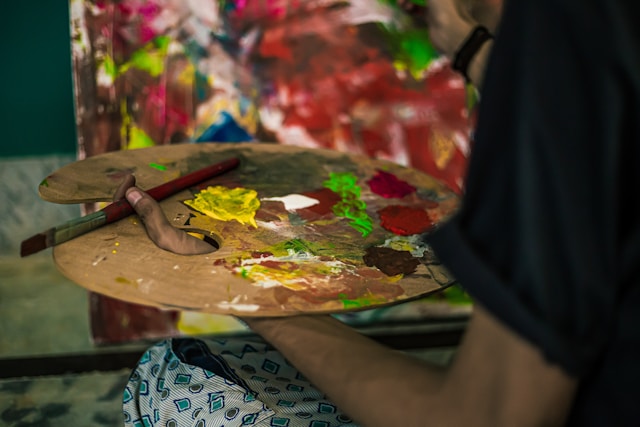



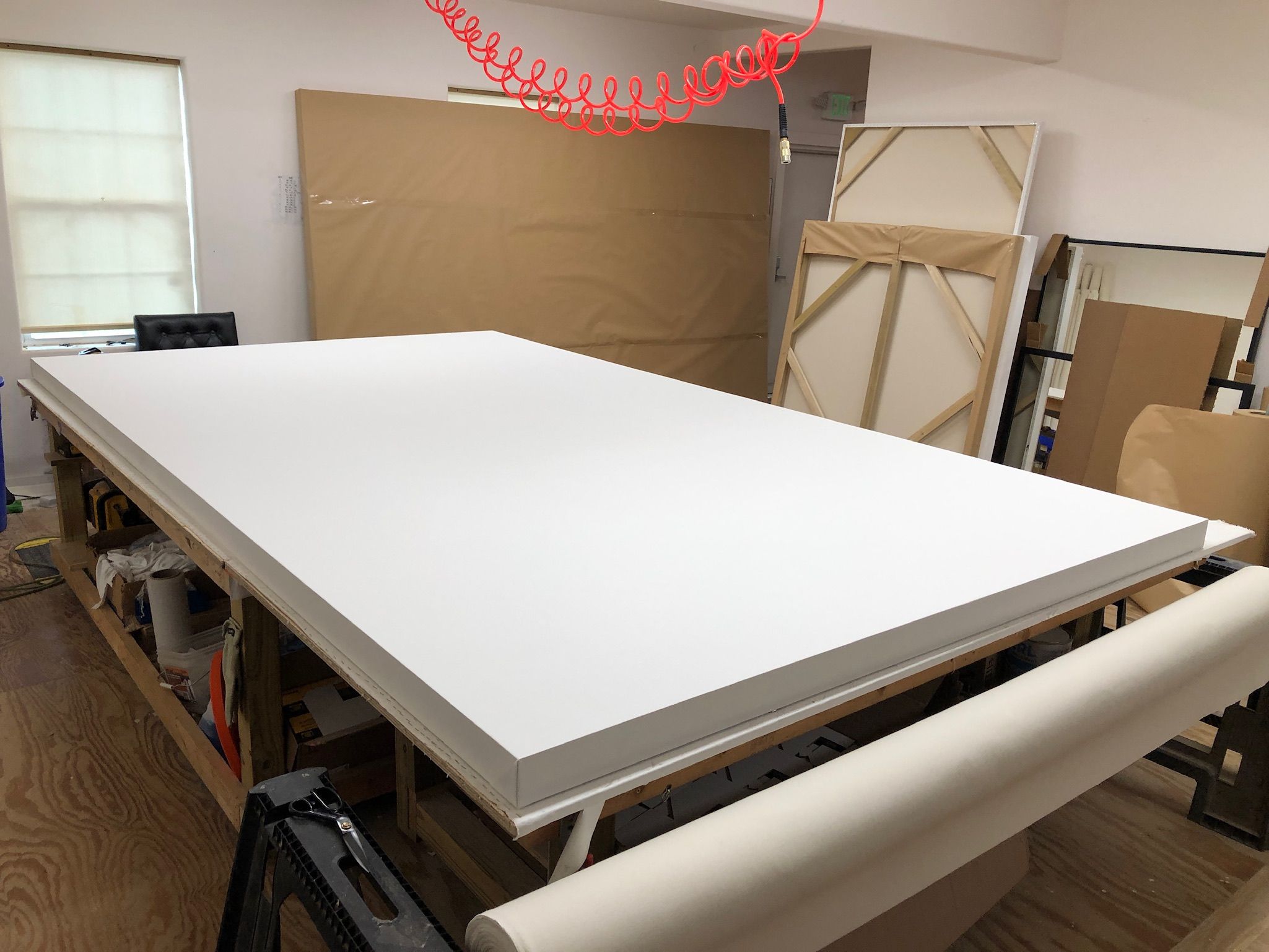 For newbies, a 12-ft canvas offers a big space for experimentation. Mistakes can be part of a grand artwork and can give lessons to the budding artist. Explore techniques and embrace the freedom of creating art on a large canvas.
For newbies, a 12-ft canvas offers a big space for experimentation. Mistakes can be part of a grand artwork and can give lessons to the budding artist. Explore techniques and embrace the freedom of creating art on a large canvas.


